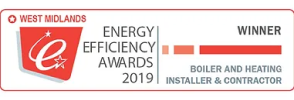Internal Wall Insulation is a cheaper alternative to a lot of other types of insulation.
There are two main types of Internal Wall Insulation. Insulation boards are either fixed to the walls or a timber frame can be constructed with an insulating material placed between the timber
100% Fully Government Funded
Save on Energy Bills
Internal wall insulation (IWI) is a type of insulation that is put onto the internal walls of a building. It fits into the battens of walls (insulated frames) and they are filled with a wool-fibre board.
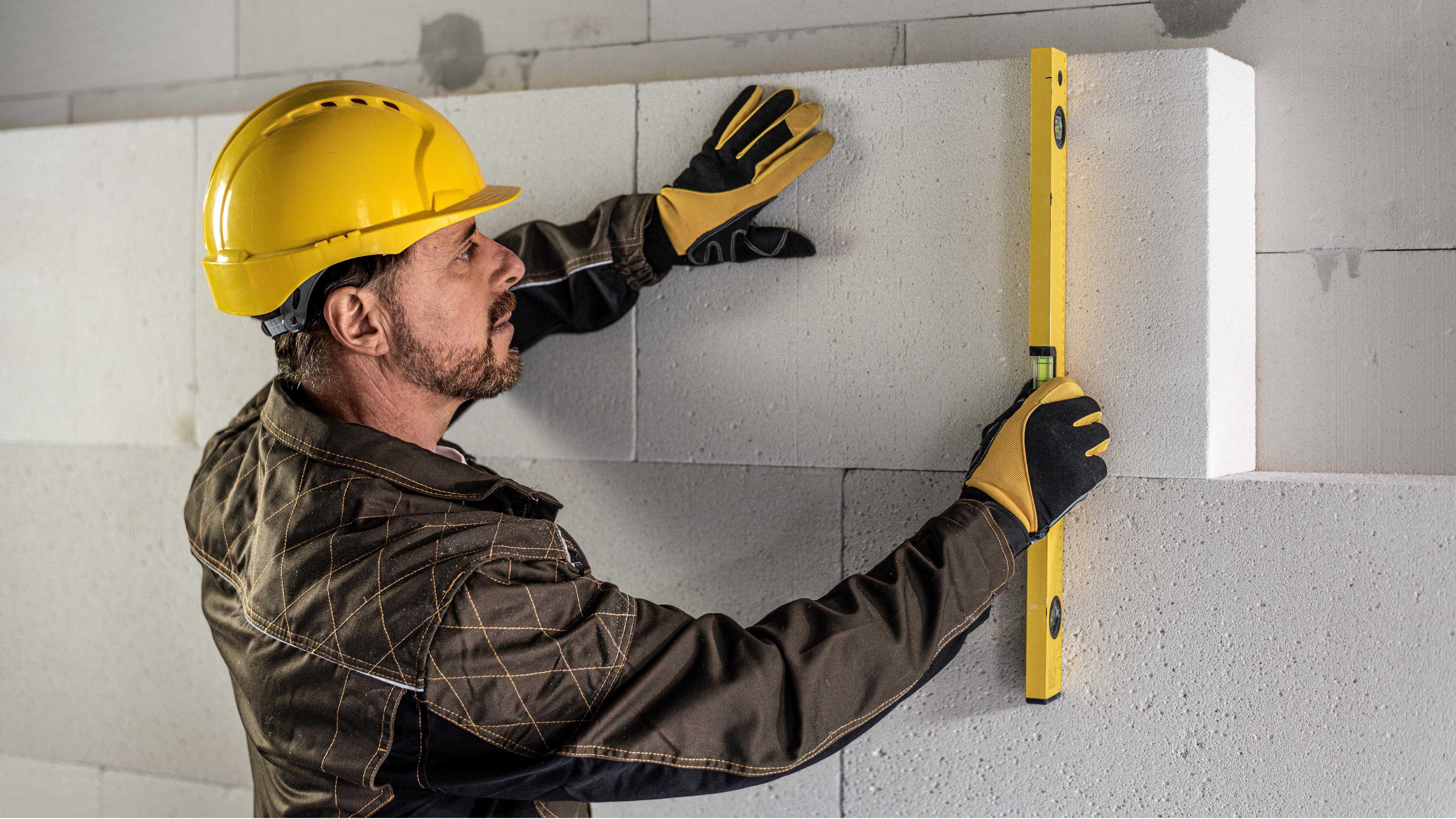
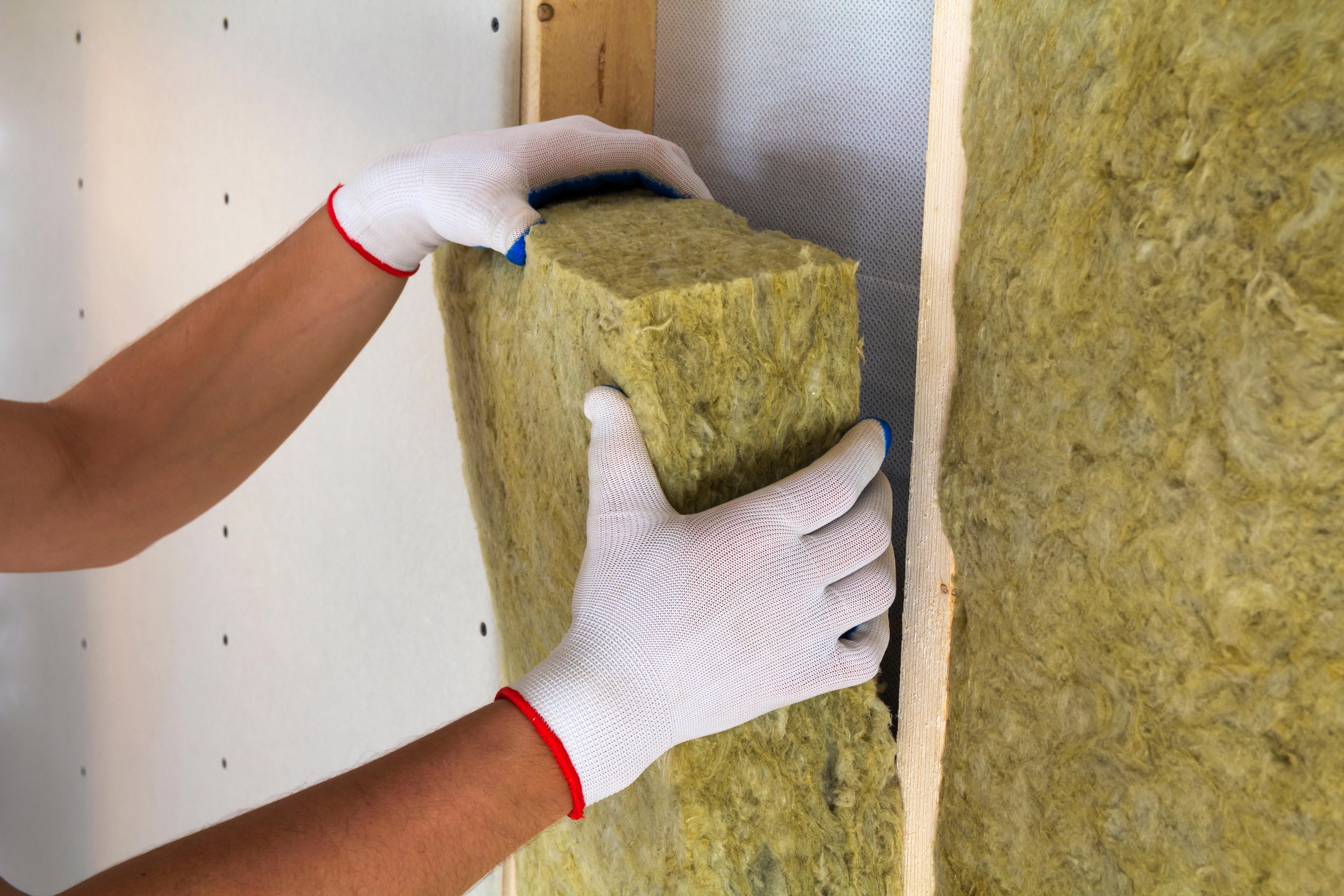
This is used on solid walled properties, where there is no cavity (usually older properties). It is secured internally to the external walls.
Installing IWI will raise your energy performance certificate’s band, save you money on your heating bill (up to £550 per year) and will keep you warmer during those cold months by reducing heat loss by up to 33%.
IWI can last up to a building’s lifetime. However, it always comes with a 25 year guarantee.
To insulate a home, a survey of the house takes place. All external walls are stripped of fixtures and fittings and the IWI is secured to the walls. The installers are able to do one room at a time to minimise disruption. A qualified plumber, electrician and joiner will also be on site.
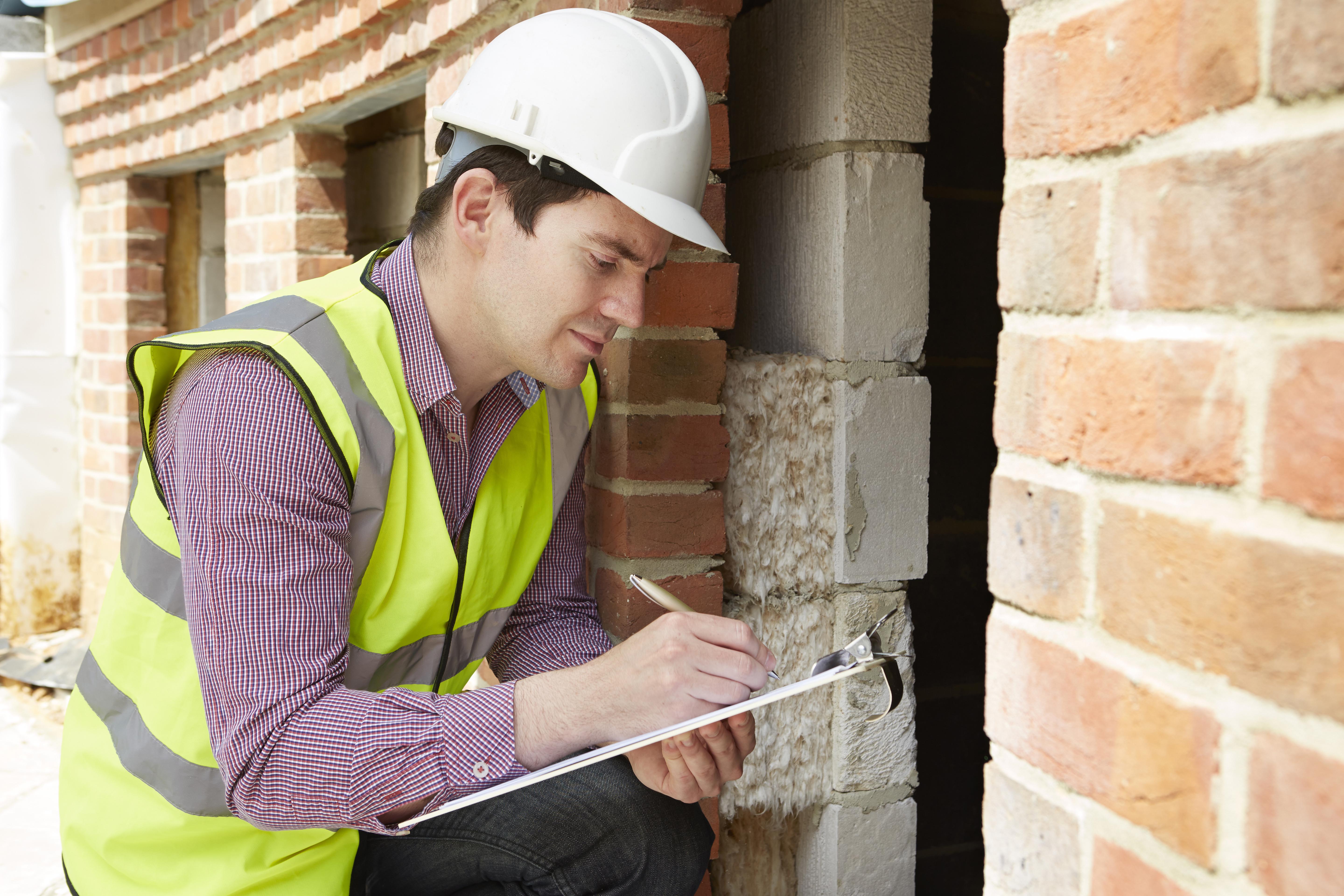
We use full qualified staff who have 20 years experience, all have NVQ’s and are carded and qualified to install IWI insulation. We are SWIP system approved to Pas 2035/19 standard.
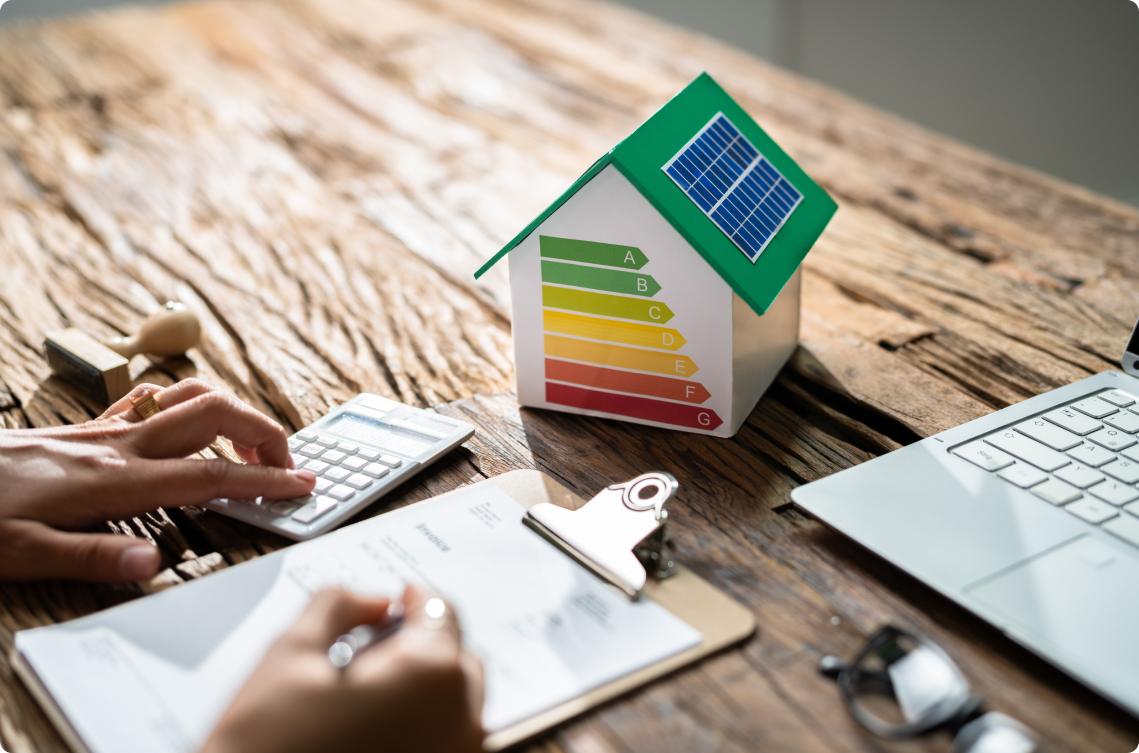
Someone living in the property must be in receipt of a qualifying benefit
OR
Have a combined household income of £31,000 or less.
Be an owner occupier or be a tenant renting off a private landlord.
Have an EPC of band E, F or G.
No EPC or not sure, we can complete one without charge.



